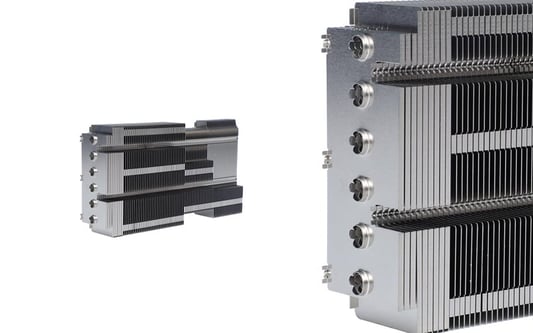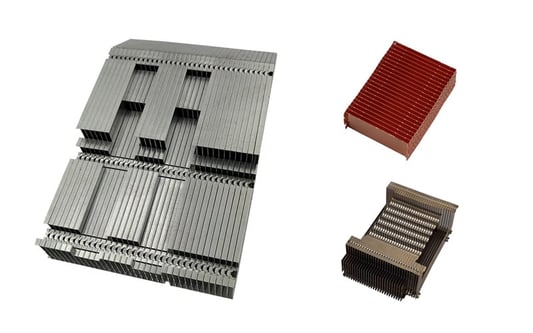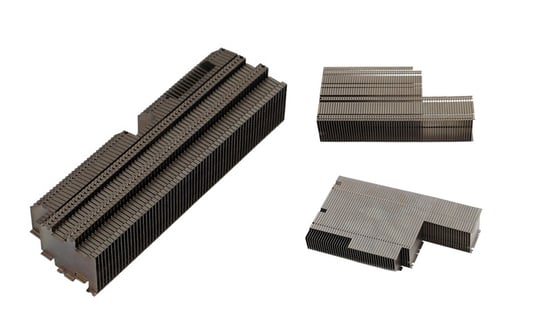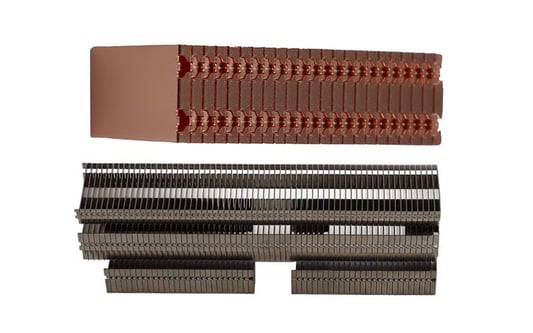1. Understanding stamping heat sink defectsWhen it comes to manufacturing heat sinks through the stamping process, there are several common defects that can occur. These defects can impact the performance and efficiency of the heat sink, making it important to address them promptly.2. Surface ImperfectionsSurface imperfections such as scratches, dents, or uneven finishes can compromise the effectiveness of a heat sink. These defects can disrupt the heat transfer process and decrease the overall thermal conductivity of the heat sink.3. Warping and DistortionWarping and distortion are other common defects that can occur during the stamping process. This can lead to misalignment of components, poor contact with the heat source, and ultimately reduced heat dissipation capabilities of the heat sink.4. Material Integrity IssuesIssues related to the material integrity such as cracks, voids, or inclusions can also affect the performance of a heat sink. These defects weaken the overall structure of the heat sink, making it susceptible to failure under high temperatures and thermal stresses.5. Inconsistent Thermal InterfaceAnother defect to watch out for is an inconsistent thermal interface between the heat sink and the electronic component it is meant to cool. This can result in localized hotspots, reduced cooling efficiency, and potential damage to sensitive electronics.6. Defective Mounting HolesDefective mounting holes or improperly aligned screw threads can make it challenging to securely attach the heat sink to the electronic device. This can lead to poor thermal contact, inadequate heat dissipation, and potential mechanical failures.7. Overcoming Stamping Heat Sink DefectsTo address these common defects, manufacturers can implement quality control measures such as in-line inspections, material testing, and precise tooling design. Corrective actions should be taken promptly to prevent defective heat sinks from reaching the market.8. Importance of Post-Stamping ProcessesPost-stamping processes such as heat treatment, surface finishing, and quality assurance checks are essential to ensure the integrity and performance of the heat sink. These additional steps help mitigate defects and improve the overall reliability of the final product.9. Collaborating with Experienced SuppliersWorking with experienced suppliers who specialize in stamping heat sinks can greatly reduce the risk of defects. Suppliers with a proven track record of quality assurance and process control can provide valuable insights and expertise to enhance the manufacturing process.10. Continuous Improvement and InnovationContinuous improvement and innovation are key to addressing stamping heat sink defects. By investing in research and development, exploring new materials and technologies, and actively seeking feedback from customers, manufacturers can elevate the quality of their heat sinks and stay ahead of the competition.Quote Inquirycontact us










